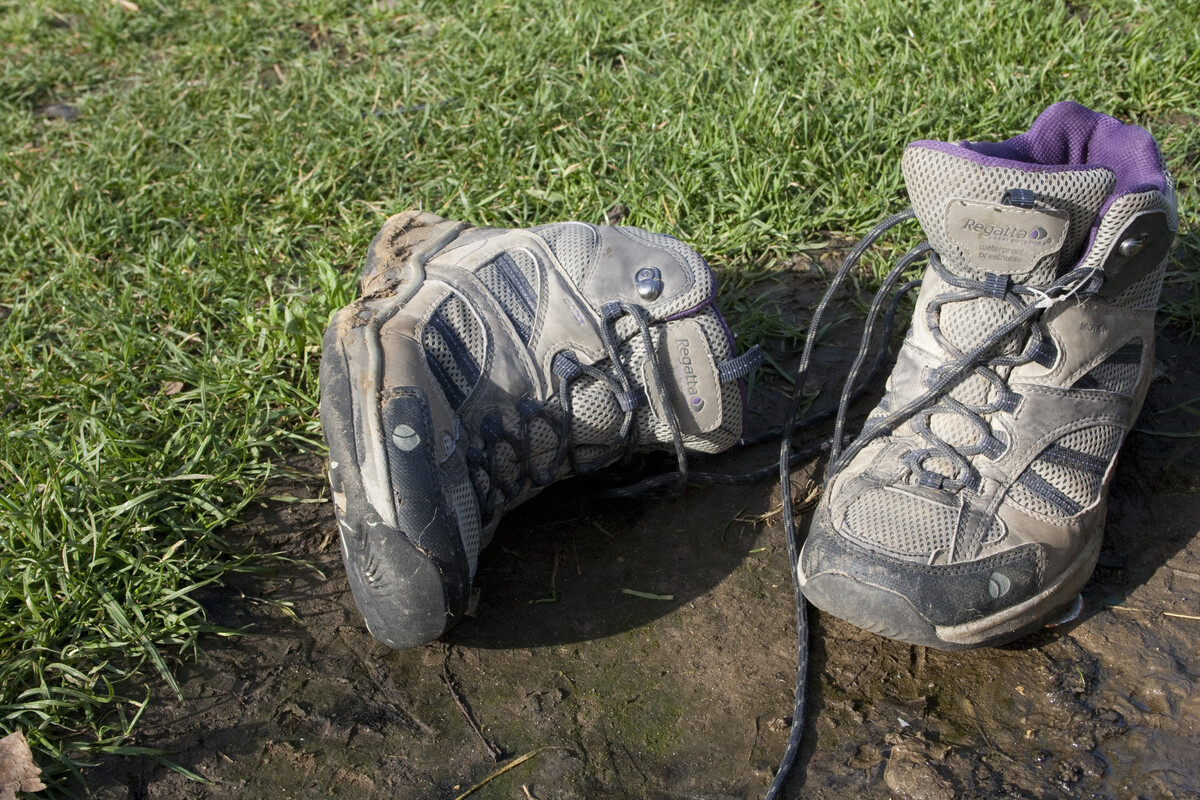
Hiking tips for charity walks
Top 10 hiking training tips

Find the right shoes

Train to time

Have a routine

Set targets

Don't just walk

Get strong

Fuel and recover

Plan your route

Keep it social

Any weather
The training triangle
Training and developing your fitness can seem complicated because there is lots of different information available. The key is the training triangle.
Most of us think the walking training sessions are the only thing we need to do to become stronger, fitter or faster. In reality, you won't make gains until the other two sides of the triangle, rest and nutrition, are considered.
As you increase your training, keep the triangle in balance by improving your nutrition and making sure you listen to your body and respect its need to rest in order to improve.
Training
Your walking, conditioning, and cross training is designed to progressively overload your muscles. When they recover from that overload they will get stronger. Our training plans include a mix of different effort levels to progressively build endurance.
Rest
Your body improves and progresses during rest phases, rest days and as you sleep.
Nutrition
Fuel your training and recovery correctly to ensure you have the right nutrients to have the energy to train hard and allow your body to heal and keep your bloods, bones and immune system healthy.
Choosing the right walking gear
Before you begin your hiking journey you should make sure you have the right shoes and equipment. You want to be as supported and comfortable on your hike as possible.
Why are the correct shoes important?
Wearing the wrong shoes is the key cause of blisters. Hiking with blisters will not be fun and it might even prevent you finishing the event. Wearing the correct shoes will make sure your feet stay comfortable and also play a huge role in preventing injury.
Spend time exploring the different brands and styles available – whether this is lightweight boots, walking trainers or trail trainers – and find a pair of shoes with good support and grip that suits you.
Going the distance
When you walk for more than a couple of hours your feet can swell from the heat, so it's important that they have room to spread. Walking in shoes that are too small is the biggest cause of blisters. And remember, new shoes need to be worn-in, which is the best motivation to get out and do some training.
What about socks?
Your socks are just as important as your shoes. Look for padded and breathable socks made with wicking material, and make sure they go higher than the top of your boots. Your feet have got to carry you a long way, so take care of them. Take some fresh socks whenever you go hiking, which you can change into when you have a break. Wear your thicker socks at the start and then as your feet start to spread, change into a thinner pair.
Walking poles
Using walking poles is completely optional. If you feel that you could use some extra support, particularly over uneven terrain or on steep ascents or descents, then go to your nearest outdoor shop to seek advice. If you experience joint or muscle pain then your doctor or physiotherapist may advise using them.
Hiking essentials to bring on the day
First Aid Kit
This only needs to be small. Always carry essentials like blister plasters, Vaseline, antihistamine tablets and painkillers, plus any personal medication you need.
Layers
Wear several layers of wicking fabrics which will help keep you warm in cold weather, and you can remove them one by one as you heat up.
Water
For your hiking challenge, you must bring a bottle or camel pack which contains at least 2 litres of water, and the same goes for your training hikes. Download the Refill app on your phone to find free places to fill your water whilst you're out and about!
Fully charged phone
In case of emergencies.
Waterproof jacket
You can't rely on the British weather, so always be prepared. Look for a light, breathable and fully waterproof jacket with a hood which will let the sweat out and stop the rain getting in.
Suncream
Even if it doesn't look that bright, 3 hours or more outside can increase your risk of skin damage.
More useful information
Now you've got the basics sorted you can check out how to stretch, strengthen and fuel for your hike with more top advice from our training partner Running with Us, and find the perfect hiking training plan for you. Why not check out our blog on 'Why you should walk the Jurassic Coast'.


